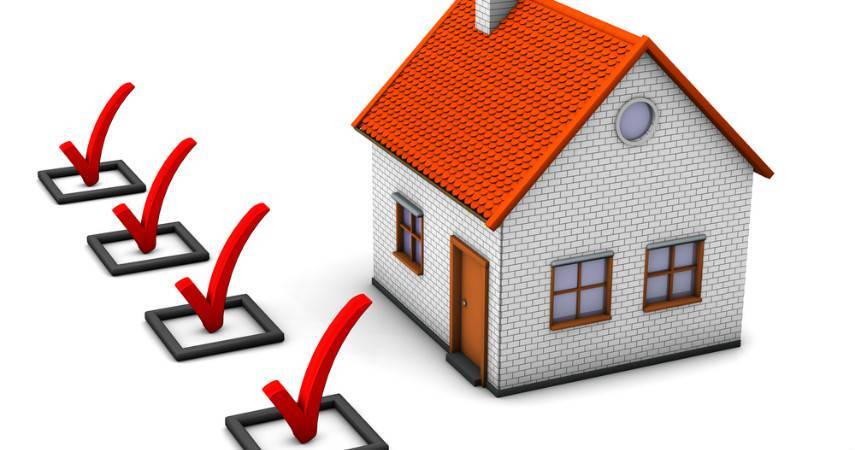To begin with, the home loan you take from the bank or financial institute, you have to pay it back in equated monthly instalments called (EMIs). The RBI’s policies deeply influence the rate of home loan and hence your EMIs and the total amount you pay at the end to the bank.
The central bank is responsible for many tasks such as maintaining the liquidity of money in the country, the extent of liquidity, the operation of banks and currency exchange ratio. There are many terms that the RBI and other private and public-sector bank uses that have a deep effect on your loan.
Repo rate: we come across the term ‘repo rate’. RBI lends the money to other banks at a certain rate against certain government securities. This rate at which RBI lends private and public-sector banks money is called repo rate. Whenever RBI reduced their repo rates, it becomes easier for the banks to borrow money from the RBI. Similarly, when RBI increases its repo rates, it becomes expensive for the banks to borrow money from the RBI. Hence, the loan rates hike up when the repo rates increase.
it is not necessarily true in some cases as banks now have adequate cash and do not necessarily rely on RBI to fun them.
Reverse repo rate: This is the rate that the banks charge on the funds they invest in government securities with the RBI. When the repo rate increases, the rate of home loans increases as well as it becomes easier for the banks to invest in low- risk government securities than lending it to people for home loans. When repo rate falls, the home loan interest rates fall as well.
Base rate: Base rate is the lowest interest rate that the bank charges the loan borrowers. The RBI does not control the base rate and it depends solely on the bank and its policies. Although, the base rate is influenced by the repo rate. Any change in the repo rate can affect the base rate.
Cash reserve ratio: This ratio is the percentage of bank deposits that the banks need to keep with the RBI. The RBI controls the liquidity of money in the market through cash reserve ration. The range for CRR is between 3 and 15. Currently, the CRR is 4 which means that the bank will have to keep Rs 4 with the RBI every time their bank deposit increases by Rs 100. When the CRR is high, the liquidity is low as compared to when the CRR is low and the liquidity is higher.
Statutory liquidity ratio: This is the percentage of the fund banks need to maintain in form of the liquid asset at all times? But the banks need to maintain these funds in the form of government securities, bonds or precious metals, and not in the form of cash. Currently, the SLR is at 19.5 percent. these finds are largely invested in government securities. When the SLR is high then the banks have less money for commercial operation and less money to lend out to the customers. This increases the home loan interest rates.







